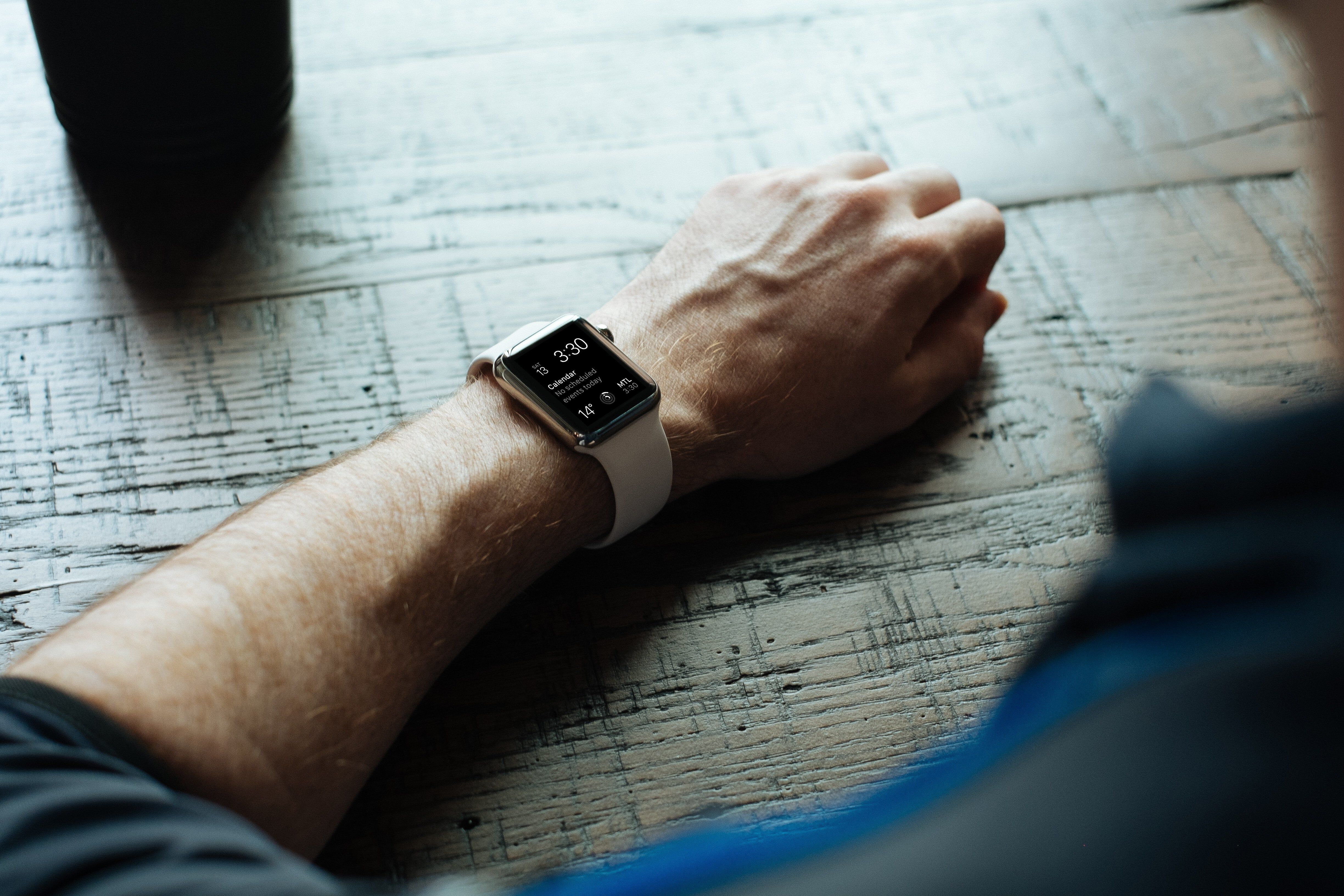HSA Headlines - 5/31/19 - New 2020 HSA contribution limits and the rise of health care wearables

There are few events on the calendar that get us as excited as the release of new HSA contribution limits, but this week marks the one time each year that the IRS adjusts contribution amounts for individuals and families to adjust to yearly inflation. Talk about better than Christmas morning!
Aside from this banner news, this week we'll also cover some interesting trends on health care outcomes and wearables, the latter of which have been subject of eligibility debates for years. Without further ado, here are the headlines!
2020 HSA limits rise modestly, IRS says - Stephen Miller, SHRM
Drumroll please! For those approaching open enrollment this fall or thinking of starting an HSA in 2020, limits are rising. For 2020, the HSA contribution limit for individual health plan enrollment will be $3,550, and those enrolled as two person or family can contribute up to $7,100. So a $50 increase for individual enrollment, $100 increase for family.
Additionally, some other metrics for HSA users to make note of. First, catch-up contributions which are possible at/after age 55 will still be $1,000 for 2020, and there has also been an increase in HDHP deductible limits.
Minimum deductibles will be $1,400 (individual, up $50 from 2019) and $2,800 (families, up $100 from 2019), while maximum out-of-pocket amounts increased to $6,900 (self-only, up $150 from 2019) and $13,800 (families, up $300 from 2019).
The healthcare benefits of combining wearables with AI - Moni Miyashita and Michael Brady, Harvard Business Review
We covered the possibility of fitness trackers becoming HSA-eligible in fall 2018, but because products/services that are eligible have to be able to treat a medical condition, fitness trackers were still seen as "general health" products and outside the bounds of becoming eligible.
But devices like these do more than just track steps, they can provide a great window into a person's health through diagnostic abilities like blood pressure monitors, heart rate and more. And in the United Kingdom, their National Health Service is using them to better improve long-term health outcomes.
The NHS instituted a pilot program for multiple hospitals in southeastern England called their Hospital at Home Team (HAHT). Patients who are eligible are sent home with a Wi-Fi-enabled arm band and charger, and patients securely transmit health data using a cellular network. This allows the HAHT team to check in regularly with patients about their ongoing treatment or symptoms, and be alerted in the case of major emergencies.
The program thus far has reported incredible results. The need for home visits has dropped more than 20%, as well as reducing hospital readmission and emergency room visit rates. Perhaps the most impressive metric is long-term adherence for treatment. The industry average is about half of patients will stick with their plans, the NHS program reported 96% of users stuck with their treatments.
While this may not be the same as making fitness trackers HSA-eligible, it shows the amazing development of health-centric wearables and their potential future as necessary aids in medical treatment.
--
HSA Headlines is a weekly roundup of the latest, most relevant news and conversations about your health savings. It appears every Friday, exclusively on the HSA Learning Center. And for more about your physical and financial well-being, be sure to follow us on Facebook and Twitter.
 |
| 
